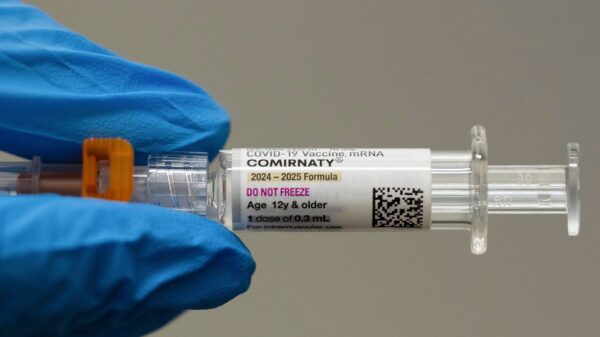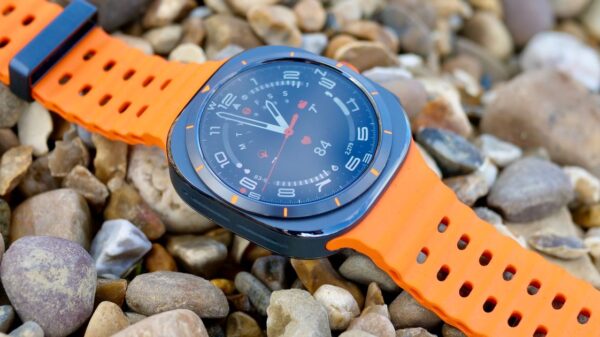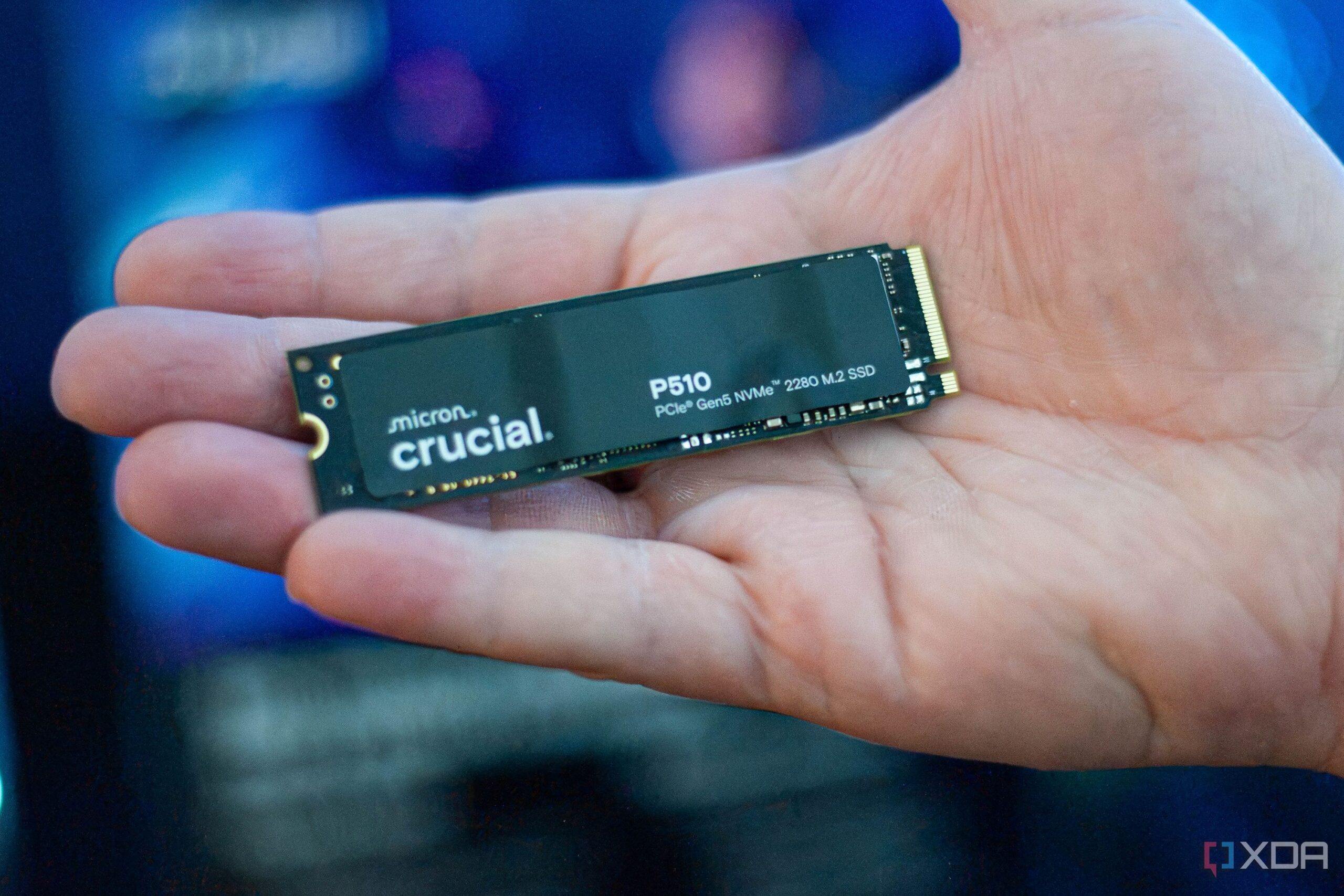URGENT UPDATE: Despite their impressive speed ratings, many gamers are reconsidering the switch to PCIe 5.0 SSDs right now. With sequential read speeds soaring past 14,000MB/s, these drives promise significant upgrades on paper but are failing to deliver noticeable real-world performance improvements for most users.
New insights reveal that while the theoretical advantages of PCIe 5.0 sound enticing, they do not translate into faster everyday gaming experiences. For gamers, the jump in read and write speeds from PCIe 4.0 is not perceptible during regular use. Loading times for popular games remain largely unchanged, and system responsiveness shows minimal enhancement.
According to industry benchmarks, even the fastest PCIe 5.0 SSDs only offer marginal improvements—often just a second or two—in load times compared to high-end PCIe 4.0 drives. For titles like Marvel’s Spider-Man 2 and Forza Motorsport (2023), the performance gain is trivial and hardly justifies the premium price tag associated with these new drives. Many gamers are left wondering: is the upgrade truly worth it?
Furthermore, PCIe 5.0 SSDs run hotter than their PCIe 4.0 counterparts. Reports indicate that some models exceed 70°C under heavy workloads, raising concerns about overheating during intensive gaming sessions. The increased power draw not only complicates cooling solutions but also adds to the overall system complexity. Many users are already juggling temperature management for their CPU and GPU without introducing another potential heat source.
Adding to the equation, PCIe 5.0 SSDs remain significantly more expensive. Prices are currently inflated by $40-50 for mainstream capacities like 1TB and 2TB, compared to PCIe 4.0 models that perform nearly identically in actual use. This financial burden is especially hard to justify for gamers who do not engage in memory-intensive tasks like video editing or large-scale simulations.
“At this point, PCIe 5.0 SSDs feel more like a preview of what’s possible rather than something you actually need right now,” one gaming enthusiast commented.
Many users are opting to save their money for upgrades that deliver tangible benefits, such as a better CPU cooler or faster RAM. As the gaming community continues to evaluate the need for these advanced drives, a consensus is emerging: the performance leap just isn’t substantial enough to warrant the investment at this time.
Looking ahead, gamers are encouraged to wait for software advancements that will fully utilize the capabilities of PCIe 5.0. As games begin to support features like Microsoft DirectStorage, the landscape may change, but for now, PCIe 4.0 SSDs remain more than adequate for gaming needs.
Overall, the message is clear: unless you’re driven by a desire for bragging rights or future-proofing your setup, it’s wise to hold off on upgrading to PCIe 5.0 SSDs. As the market evolves and new technology emerges—even the potential for PCIe 6.0 SSDs—gamers may find better options on the horizon.
As more data surfaces, the community’s focus will likely shift back to the essentials that genuinely enhance gaming performance rather than chasing the latest trends. Stay tuned for updates on this developing story.





































































